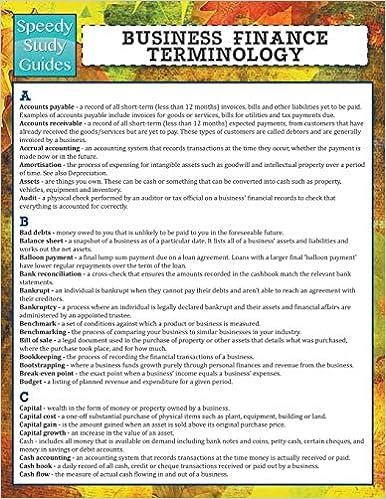Question
Question 4 [Total marks 25] Task 1 [10 marks] Define a function called european_put() that prices a put option. Test that it is able to
Question 4 [Total marks 25]
Task 1 [10 marks]
Define a function called european_put() that prices a put option.
Test that it is able to price a put option correctly. With the following parameters, the price of the put should be 3.44 Here are the inputs: european_put(S0=15, T=2,m=4,rf=0.05,E=18,sigma=0.3)
Graph the convergence of the binomial put option price to the Black-Scholes price for the put option with time steps ranging from 2 to 500 for the option above. For completeness I have included the function for the Black Scholes put option in the assignment.
Graph the pricing error (Binomial Price/Black-Scholes Price minus 1) on the y-axis with the number of time-steps on the x-axis. (Max 100 words)
Task 2 [10 marks]
In this task consider a put option with:
S0 = 100 E = 100 Rf = 4% Sigma = 20% T = 5 m = 200
(Each group should use different data; I will provide new data with the group formation).
Use the binomial option pricing model to check the sensitivity of the option price to changes (each change separately from the other changes) in the parameters. What if:
1. Rf ranges from 0.01 to 0.10 in steps of 0.001
2. Sigma ranges from 0.01 to 0.5 in steps of 0.1
3. m ranges from 5 to 1000 in steps of 10
4. S0 ranges from 50 to 150 in steps of 1
For each change, graph the option price (y-axis) against the parameter you are changing (x-axis). What do we learn about option prices from this analysis? Explain in detail with the underlying economic intuition for these effects! (Max 300 words)
Task 3 [5 marks]
The put-call parity is a condition that must hold for arbitrage to be ruled out in option markets. The underlying idea is that if two different investment positions have exactly the same payoff, then they must also have the same price. We can state it as follows:
S + P = PV(K) + C
Where:
P = Price of a European put option (with strike price K)
S = The underlying stock price
PV(K) = Present value of the strike price of the option
(i.e. a bond investment equal to the strike price)
C = Price of a European call option (with strike price K)
We can of course rearrange the terms and compute the price of for example a call option using the put-call parity as:
C = P + S PV(K)
The calculated price should be equal to that from using the binomial tree to compute the call price.
a) Explain graphically and with words how the put-call parity works. Write maximum 2/3 of a page of text. Also make sure to visualize the equivalence graphically. (Max 300 words)
b) Write a function that uses the put-call parity to compute the price of a European call option. Verify that the outcome is identical to pricing the call option directly with the binomial tree (up to approximately 6 decimals or so).
Step by Step Solution
There are 3 Steps involved in it
Step: 1

Get Instant Access to Expert-Tailored Solutions
See step-by-step solutions with expert insights and AI powered tools for academic success
Step: 2

Step: 3

Ace Your Homework with AI
Get the answers you need in no time with our AI-driven, step-by-step assistance
Get Started


